Eric Vandenbroeck 13 Febr. 2020
The
Svalbard/Spitsbergen Saga
As an addition to
what we recently covered here, it is worth to remind ourselves of Svalbard,
a remote Arctic archipelago that has been back in the news of late, and not
only because of the islands is the subject
of a nine-day, ‘slow TV’ documentary
featured this month by the Norwegian state broadcaster NRK.
Russian authorities
used the 100th anniversary for the signing of the Svalbard Treaty from 1920 to
vocally attack Norway on
how Norway manages the principle of equal treatment of signatory states on the
archipelago.
In a letter from Russian
Foreign Minister Sergey Lavrov to his Norwegian counterpart Ine Eriksen
Søreide, he consequently refers to the archipelago as ‘Spitsbergen’ or ‘the
archipelago’.
And not just that. In
a written comment to the
Norwegian economy web site E24, the Russian embassy explicitly asks that
the area be referred to as ‘Spitsbergen’ in print.
And as The North News
reported behind the idyllic scenes on TV, where MS Spitsbergen glides past
sleepy polar bears and lazy walruses under the midnight sun conflicts
are emerging below the surface, conflicts about the archipelago over which
Norway was granted sovereignty under the Svalbard Treaty.
We know that the
geopolitical environment for the Arctic has been substantially affected by the
renewal of great power competition. Although there continues to be significant
international cooperation on Arctic issues, the Arctic is increasingly viewed as
an arena for geopolitical competition among the United States, Russia, and
China. Russia in recent years has enhanced its military presence and operations
in the Arctic, and the other Arctic states are now taking steps to enhance
their own military presence and operations in the region. China’s activities in
the Arctic have been growing
steadily in recent years.
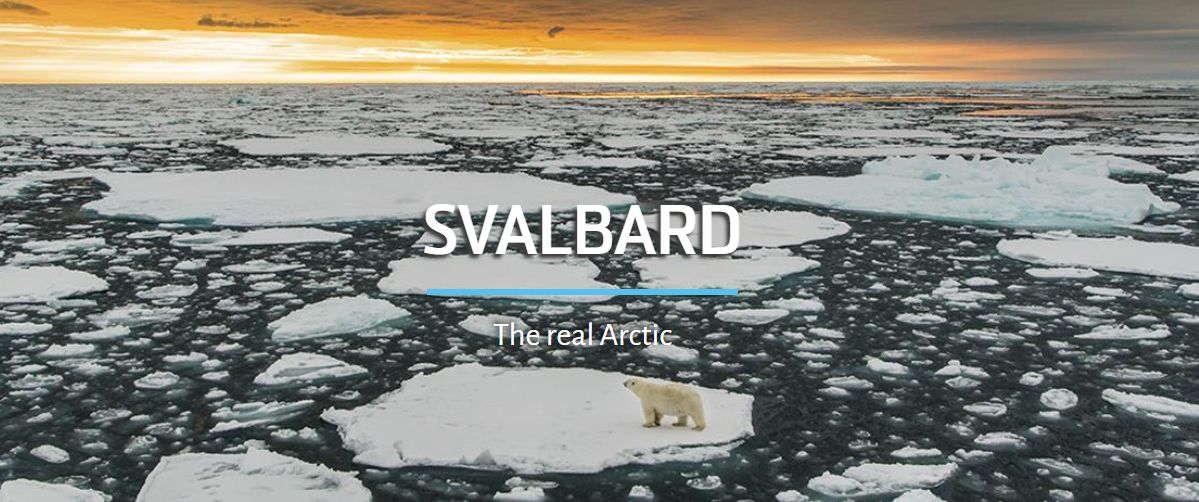
The Paris Peace
Conference in Versailles was a timely opportunity to find a
solution to what then US Secretary of State, Robert Lansing, called “a
unique international problem”.

Newspaper Dag og Tid reported last Friday how
the aristocratic Norwegian diplomat “Fritz” Wedel Jarlsberg, who lived in Paris
at the time, proposed making some Norwegian demands as compensation “for our
losses at sea” during the war (even though Norway was officially neutral).
Jarlsberg seized the opportunity to expand Norway and bring Svalbard, viewed as
a “no man's land” at the time despite centuries of whaling, fishing, and some
early coal mining, under Norwegian control.
Whereby the Newspaper
Klassekampen reported on Friday that Norway won
sovereignty over Svalbard “because we were a small, insignificant country” that
presumably didn’t threaten any of the other players.
Thus the Svalbard Treaty
confirmed Norwegian sovereignty over the islands, (population about 2700), with
the caveats that neither Oslo nor any other government shall place military
installations there, and that the islands’ distinct environment be protected.
In addition, any state which agrees to sign the treaty is granted access to
Svalbard for scientific as well as commercial/economic purposes, including
extractive industries such as mining. Among the treaty signatories are great
and medium powers such as Britain, China, France, Germany, India, Japan,
Russia, and the United States, as well as Southern Polar states including Argentina,
Australia, Chile, New Zealand, and South Africa. Even North
Korea announced in 2016 that it was willing to sign the document in the
hopes of gaining access to the islands.
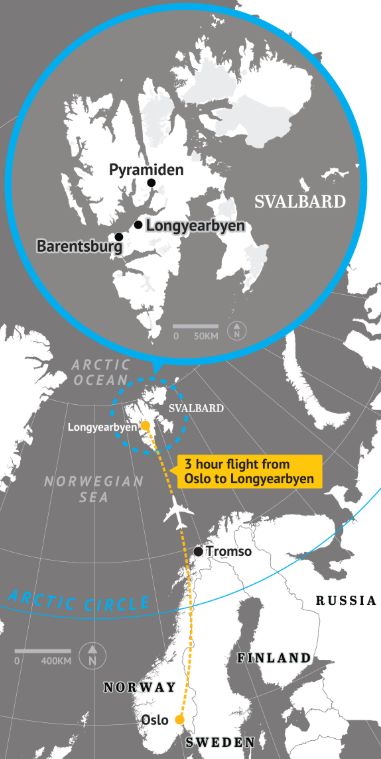
As a commentary
published last year by the Arctic Institute noted, the treaty offered a unique
outlet for non-Arctic states to enter the region for research purposes, and
today several states operate scientific stations in Svalbard, especially in
the region of Ny-Ålesund. However, the piece also
concluded that the venerable legal framework surrounding Svalbard needed to
catch up with modern conditions and concerns.
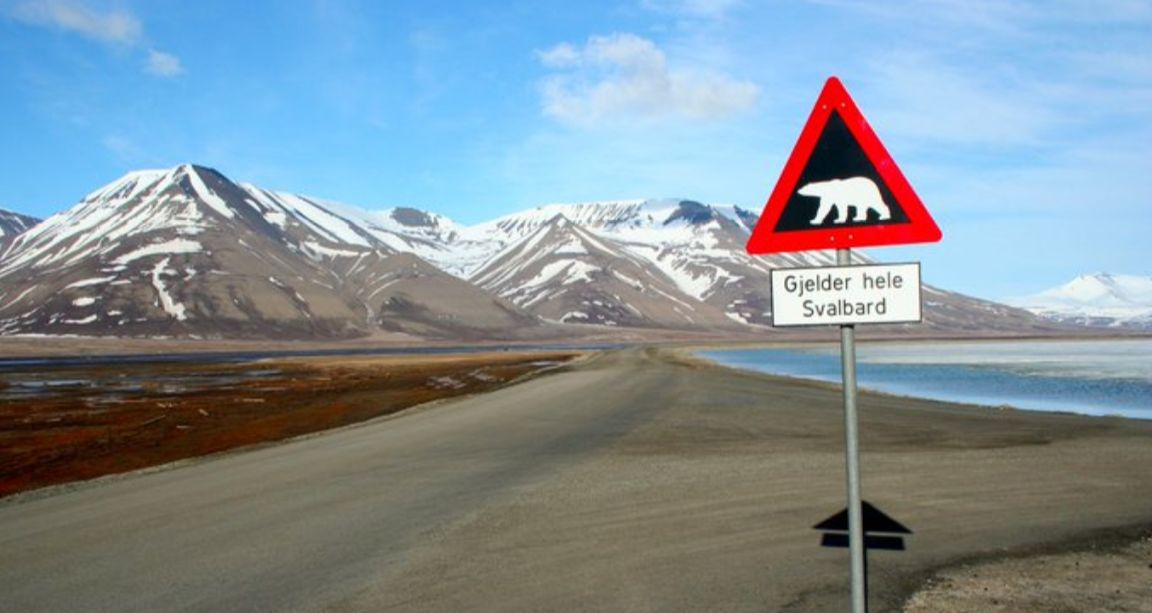
Researchers at the
Norwegian University of Science and Technology (NTNU) in Trondheim recently
revealed their registration of large discoveries of gold, silver, copper, and
zinc in the seafloor between Svalbard and the island of Jan Mayen to the
southwest, which is also under Norwegian jurisdiction.
Any deep-sea mining
ventures to recover the valuable minerals could be good news for the Norwegian
economy, with both state oil company Equinor and DNV GL already expressing
interest. It would also present another potential conflict for the Norwegian
government, however, in line with recent legal challenges over Norway’s
imposition of a 12-nautical-mile zone around Svalbard under the treaty but a
200-mile zone beyond that for Norway alone. Norway’s foreign ministry maintains
that the seafloor off Svalbard is part of the Norwegian Continental Shelf,
giving it territorial rights also to exploit its resources.
Few other countries
agree with Norway’s interpretation of the treaty’s application to the seafloor,
with treaty signatories claiming that the treaty terms apply to the entire
economic zone around Svalbard. Conflicts arose over trapping
of snowcrabs in the area, with the EU giving
Latvia the right to do so but Norway contesting it. The seafloor rights have,
as yet, to be challenged in court.
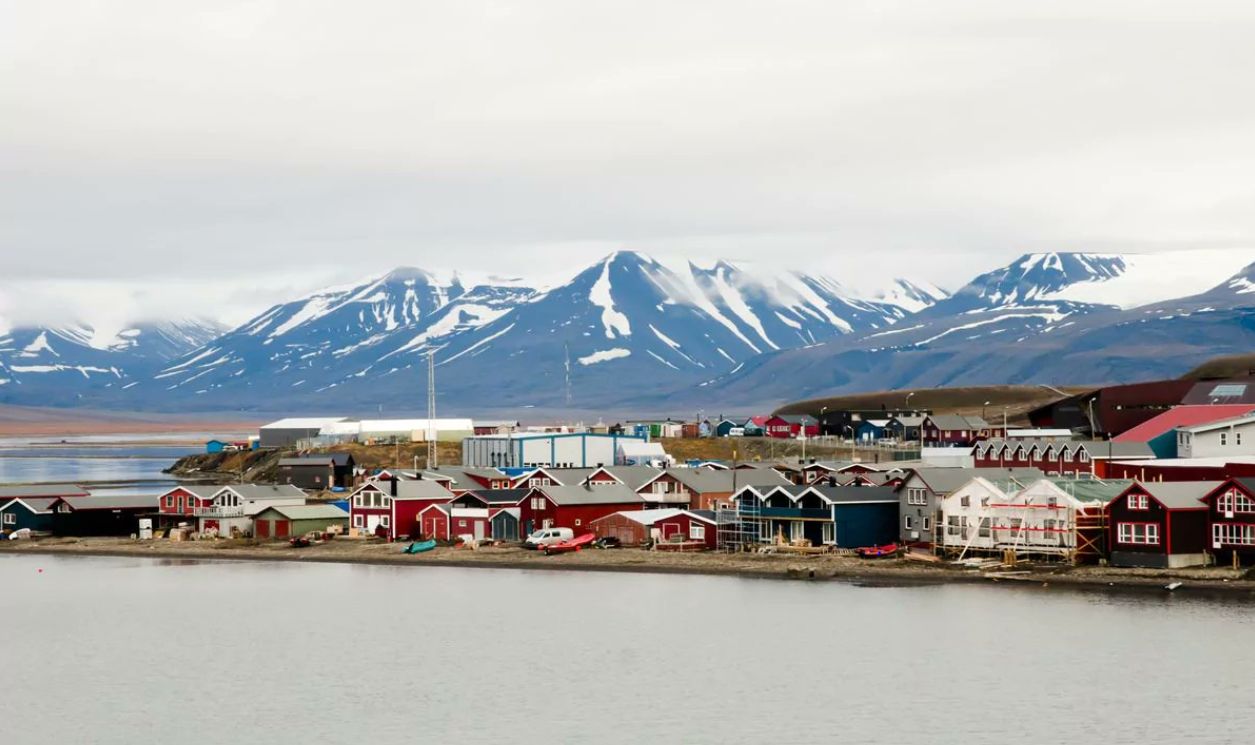
Environmental and
climate concerns are also cropping up. Alterations of glacial patterns,
including their size and moments, are being measured on the islands. Like much
of the Arctic, Svalbard is experiencing the various effects of ice erosion and
warmer average temperatures, including the loss
of permafrost in and around the capital of Longyearbyen, as well as floods
and avalanches. A January 2019 report
[pdf] by the Norwegian Centre for Climate Services (NCCS) concluded that over
the next eight decades the islands would experience higher temperatures,
shorter periods of snowfall but increased overall precipitation in the form of
rainfall, losses of glaciers and sea ice, and a 1ºC average increase in
surrounding sea temperatures.
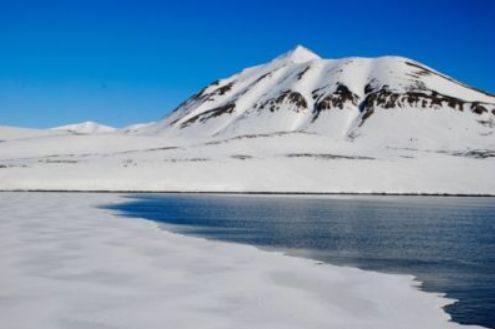
The opening up of
areas in and around Svalbard due to retreating ice has presented a greater
challenge to the Norwegian government as it continues to carefully walk the
line between maintaining its sovereignty over the archipelago and following the
letter of the 1920 treaty. The islands’ location
in the Atlantic-Arctic region, a site of heightened military activity both by Russia
and the West, including NATO, over the past few years, along with the deteriorated
relations between Moscow and Washington, (as well as many European
governments), have further complicated Norwegian Svalbard policy.
At the same time, the
economic benefits of the region have also attracted more international
attention which has led to diplomatic brushes. One of the most infamous of
these rifts was the dispute,
starting in 2017, between the European Union and Norway over snow crab fishing
rights near the Svalbard coast. The issue was then brought to the Norwegian
Supreme Court, which ruled
in February last year that the EU needed to seek permission from Oslo before
engaging in any future snow crab catches, a ruling which was seen as having a
potentially positive effect on future Norwegian rights to drill for oil and gas
drilling in the region.
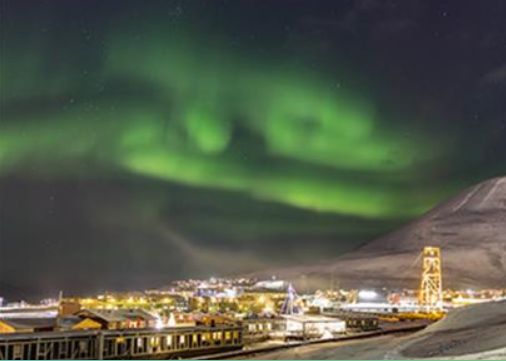
As a May 2019 article
[paywall] by Andreas Østhagen and Andreas Raspotnik also explained, the case
had potential ramifications for the integrity of the Svalbard Treaty system
itself. Yet, the matter may not be over, as it was reported
in October last year that the EU was again planning on awarding snow crab
fishing licenses despite the ruling.
Other non-Arctic
actors have also made attempts to subtly challenge Norway’s paramount role
within the Svalbard Treaty system, including China, which took Oslo to task
over 2014 plan to set up a radar installation in Svalbard, which the Norwegian
government vetoed
[in Norwegian], as well as Norwegian regulations over what constituted
permissible research activities on the islands. Beijing claimed in 2019 that
these rules were overly
restrictive [in Norwegian], and beyond Oslo’s treaty mandate.
Yet it has been
Russia which has been most active at seeking to chip away at what Moscow has
viewed as Oslo’s inflexibility regarding the treaty. Russian business interests
are active in Svalbard, especially in the Russian-majority town of Barentsburg, which has been seeking to turn itself from a
mining hub to a center for Arctic tourism. Barentsburg
and another Svalbard town, Pyramiden, were brought under Soviet administration for
coal mining purposes in the 1920s.

Norwegian authorities
seem to be hoping to ride out the latest
protests from Russia over its administration and sovereignty. Svalbard itself
is demilitarized under the treaty, but remains strategically important for
Norway and its NATO allies. Klassekampen noted this
week how the former Soviet Union tried to overturn the Svalbard Treaty as early
as 1944, when its then-Foreign Minister Molotov demanded that Bjørnøya be turned over to Russia and Svalbard divided
between Norway and the Soviet Union, in return for the Soviet army’s liberation
of Finnmark from Nazi German occupiers. Norway
remained quiet as usual, the Cold War soon began and the Svalbard Treaty has
survived despite occasional protests from Russia.
Among the issues under
dispute are Norwegian plans to develop a fishing interdiction zone near
Svalbard, a deportation rule affecting specifically Russian citizens, and
regulations regarding Russian helicopter usage within Svalbard’s airspace which
Moscow saw as obstructive.
A subsequent
statement from the Norwegian MFA stated that ‘the views appearing in the letter
are regularly brought up by the Russian side and are well known to Norwegian
authorities’. The Russian governmental news service Rossiyskaya
Gazeta (Российская газета)
published a stinging
rebuke [in Russian] of Norway’s stance on these issues earlier this week,
stating that Oslo was in violation of the treaty by seeking to unfairly
micromanage Russian commercial activities in and around the islands.
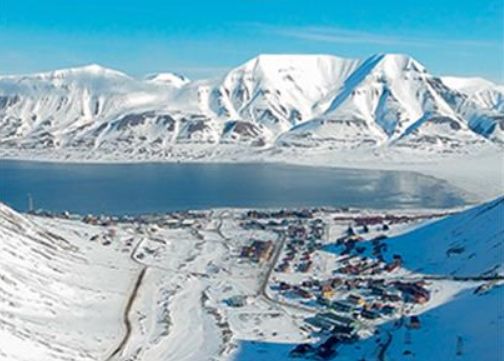
According to an
article published today Spitsbergen
or Svalbard? The Answer Includes both Politics and History the perception
in Russia is that they were the first to discover Svalbard, in Russian
literature, the archipelago is referred to as Grumant,
which is a Russified version of the term for Greenland. In earlier times, one
did not know whether these islands were part of Greenland or not, as there was
much ice in the area.
Last year, Russia
began to pay closer
attention to oil drilling samples the USSR had collected in Svalbard in the
mid-1970s, a move is seen as an endeavor to further maintain its economic
foothold on the islands.
As well, last month,
it was reported [in
Norwegian] by the Norwegian TV2 news service that deposits of base and precious
metals, possibly worth as much as US$100 billion and including copper, gold,
silver and zinc, had
been detected in the seabeds near Svalbard
according to a study by the Norwegian University of Science and Technology
(NTNU). Should this discovery be further validated, it could open up another
jurisdictional tug of war between Oslo and other governments, including Russia.
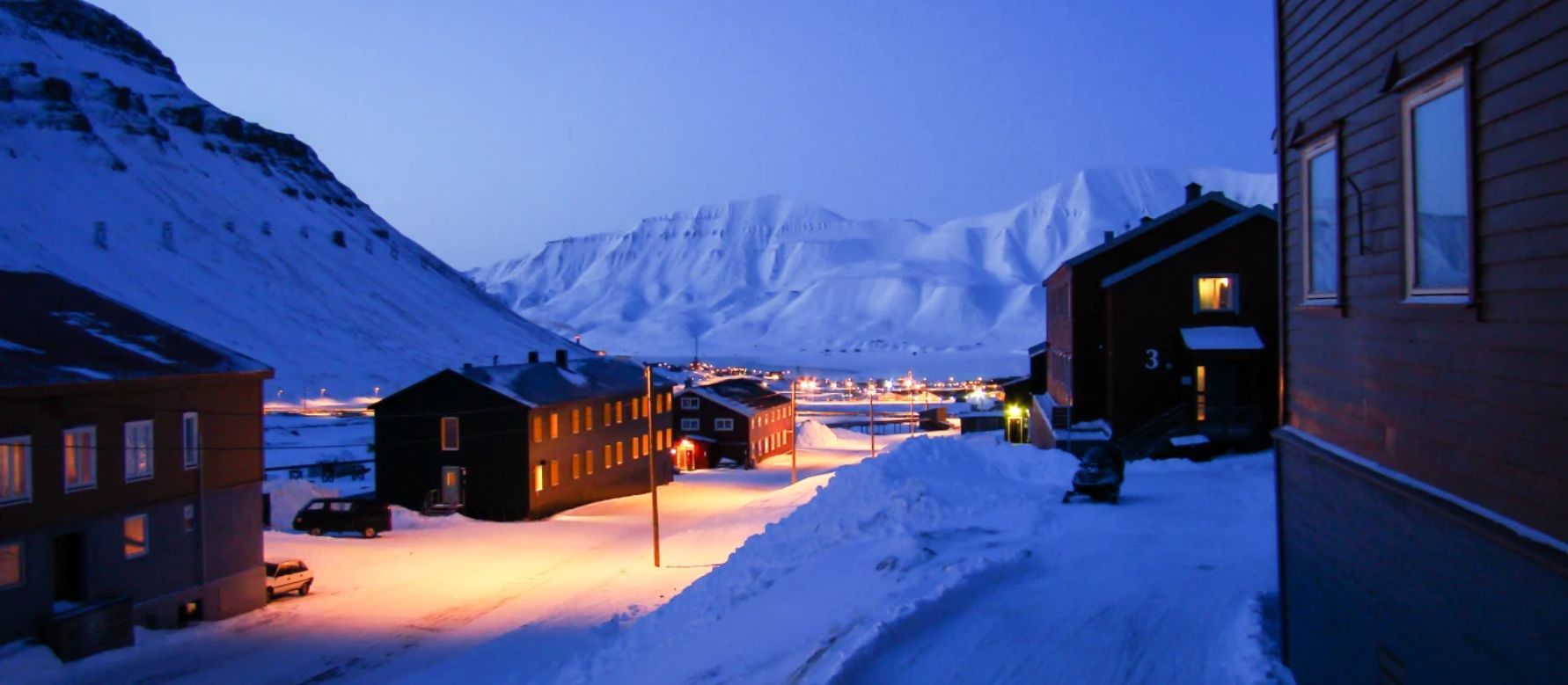
This most recent
Norway-Russia Svalbard dispute comes at a time of cooling bilateral relations
between the two countries and Western concerns about growing Russian military
interests in the Arctic Ocean. Norway was the main staging area for the NATO
military simulation named ‘Trident Juncture’,
which took place in late 2018. More recently, the Norwegian military expressed unease
at Moscow’s announcement earlier this month that the Russian Navy was planning missile
tests in Arctic international waters near Norway’s Nordland county and the
country’s Aasta
Hansten gas field.
There was also a
diplomatic tussle this month over the refusal
by the Norwegian government to allow visas for a Russian military signing and dancing group which was scheduled to perform at
next week’s Barents Spektakel, in the northern
Norwegian border town of Kirkenes, which begins on 12 February. The Barents Spektakel
is an annual
cultural event which frequently brings together Norwegian and Russian
performers and tourists, and the theme for this year’s celebration is Barents Spektakel 2020 ‘The
Russian Connection’ (Русский след).
Conclusion
The letter from the
Russian Foreign Ministry has aroused heated public debate in Norway, where the
authorities with growing concern view the current intense Russian military
buildup in the Arctic, including in the nearby Russian archipelago of Franz
Josef Land. Nevertheless, as The Barentsobserver
wrote yesterday, "Amid jubilant celebration at Svalbard, Norway sends
strong signal it will
not accept encroachment on sovereignty."
However, the recent
Russian protests over their rights in Svalbard could over time spark another
round of (re-) negotiations, as well as discussions over how Norway can better
balance its sovereignty over the islands with the interests of Russia and other
treaty signatories. However, both the emerging importance of the Arctic Ocean
as an area of untapped resources and growing impatience in Russia and the West
over each others’ Arctic strategies, may lead to
Svalbard becoming a de facto pawn in an emerging regional game over regional
influence and a reminder that the consequences of the various treaties still have relevance today.
For updates click homepage here